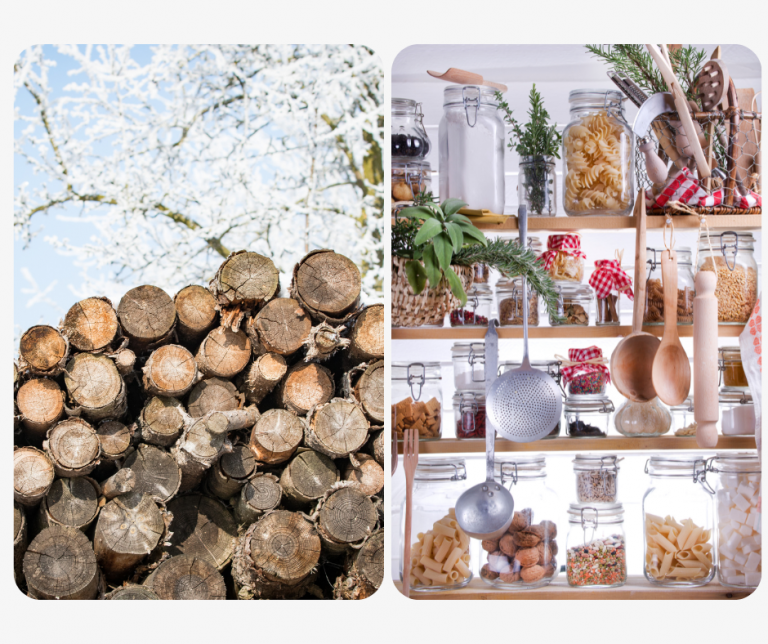Winter-Proof Your House Part 2
Now that we’ve covered winterizing your pipes, gutters, and downspouts, it’s time to winterize your windows, roof, and chimney.
As the weather begins to turn colder in Omaha, Nebraska homeowners should take steps to protect their houses. The winter months are notorious for bringing fierce snowstorms and high winds, as well as ice and sleet. Protect your home from the harsh elements and save big time on energy costs with these tips.
Protect your doors and windows
Weather strips are an inexpensive way to keep air from entering your home through doors and windows. While there are three main types of weather strips—compression, V-type, and foam—the most durable type is the compression weather strip. The V-type weather strip seals against the side of a door or window jam and forms a seal to keep air from entering. The foam weather stripping comes in various sizes with an adhesive backing on one side; however, it only lasts one to three years.
Block the cold air from entering your home by installing a door sweep along the bottom of your door. Measure your door when it’s closed and cut the door sweep to the size of your door. Contact an expert if you are unsure about the size and type of your door sweeps.
Contact a glass and window expert to determine which would be best for your home. There are several ways to insulate windows. One of the most effective ways is to use window film, which creates an insulating barrier between the interior of your apartment and your windows. Most kits have plastic shrink film that you can put on the indoor window frame with double-sided sticky tape. Use a blow dryer to shrink or remove wrinkles in the film. Spray a mist of water over the inside of the clean window and hold the bubble side of the wrap to the wet window. Using removable magnetic window insulation can be a flexible way to insulate windows.
Most do-it-yourselfers can install removable magnetic window insulation in the afternoon. Apply magnetic paint to the window trim and cut the vinyl to fit. Attach magnetic tape to the vinyl with double-sided tape, then place it on the painted trim. Once you are done, be sure to seal any gaps or cracks with rope caulk for extra energy efficiency.
To keep your windows looking good and to extend their life, it’s important to clean them at least once a month. You can use vinegar and water to clean the outside of your windows, and a squeegee can be used on the inside. Remove any dead bugs from your window screens with a razor blade or scraper that is specially designed for this purpose.
Protect your roof and chimney
Your roof and chimney are a vital part of your home in Nebraska. Many roofs are made from asphalt shingles, which can be damaged by freezing temperatures. If you know that your roof is prone to cracking or breaking in cold weather, consider taking preventative measures such as installing insulation beneath the roof’s surface or installing a heat lamp to keep ice from forming on top of it.
Chimneys can also suffer damage if left unsecured during winter months, so make sure yours has a cover that prevents snow and ice from building up around it. Similarly, use a brush regularly during the winter season so that you can prevent the build-up of debris at the bottom of your chimney and avoid having rainwater seep into it as well. Finally, consider installing an additional cap over the top of any existing caps on top of chimney stacks so that rainwater doesn’t get down inside them through any cracks caused by shifting ground conditions due to melting ice upstream during spring thawing season.
Winter is a particularly harsh season for our homes. If you live in an older house, there are many things you can do to ensure that your home will withstand the winter’s worst.
Read our third part of winterizing your home to learn how to protect your HVAC system against harsh elements.






